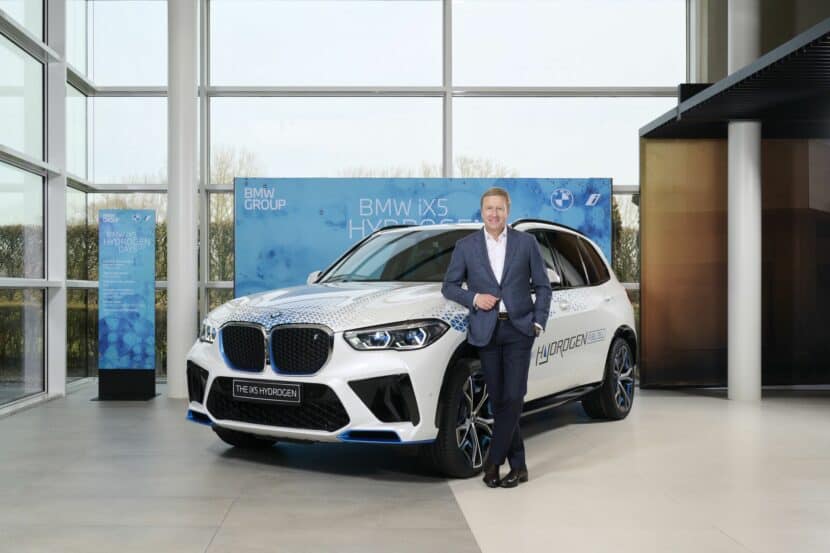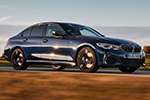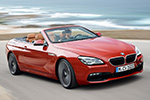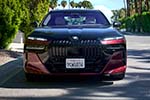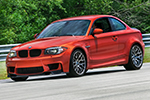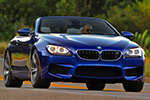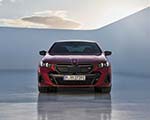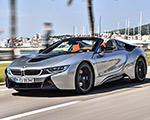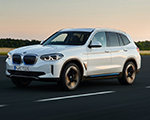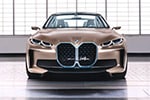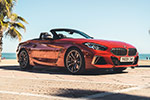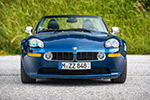Mercedes saw its sales in the United States rise by 9% last year to 324,528 units. However, that still wasn’t enough to beat BMW, which grew by 2.5% to 371,346. The three-pointed star has a plan to melt that 46,818-car gap and then some. It not only aims to match its archrival but also move well ahead by selling 400,000 cars in a single year.
How? By launching a full product onslaught. Automotive News reports that Mercedes-Benz USA CEO Adam Chamberlain outlined a major plan during a dealer meeting held over the weekend. It’s said to be the largest new-model offensive since the company established its U.S. presence in 1965.
The goal is to hit 400,000 annual sales by the end of the decade. Interestingly, Mercedes is aiming even higher than that number suggests, as Chamberlain clarified that the target excludes fleet deliveries. That would make the growth even more impressive, given that last year’s figures included both retail and fleet sales.
So how did Mercedes lose ground in the U.S.? One dealer told Automotive News that BMW and Lexus expanded their market share with more affordable models. Mercedes, by contrast, leaned into higher-priced vehicles that deliver better profit margins but fewer sales.
The third-generation CLA kicks off a new wave of products that will include an electric GLC and updates to the larger GLE and GLS. AMG is preparing a sleek electric sedan for late 2026, followed by an SUV a year later. On the combustion side, more V8 models are coming, along with updates to existing inline-six vehicles.
But reaching that goal won’t be easy. Competitors aren’t standing still while Mercedes tries to reclaim market share. BMW continues to grow, and Lexus is also on the rise. Toyota’s luxury brand finished last year ahead of Mercedes in second place, with 345,669 sales, its best year in the U.S. since its founding in 1989.
It’s been a minute since Mercedes held the U.S. luxury sales crown. The last time was in 2018, but now the brand is confident it can reclaim the top spot by 2030.
Source: Automotive News

















